These Subtle Body Language Signs Mean More Than You Might Realize
We’re often saying a lot more than we realize, simply by expression movement through our body language. This is an unspoken language that every single person uses, even in ways that they themselves may be unaware of. This nonverbal communication is known as “body language,” and is listed among other nonverbal forms, such as sign language and proxemics.

So, what exactly is body language? Body language is “the process of communicating nonverbally through conscious or unconscious gestures and movements.” Yep, even unconsciously you and others are always saying something. In fact, body language is so important, it can actually make or break the effectiveness of your communication.
Learning to be more aware of body language doesn’t have to be complicated. You can start by simply being more mindful of the basics. Think about how much we can tell about a person, based on their facial expression alone. Surprise, anger, sadness, happiness, confusion… all of these can easily be discerned simply by the look on someone’s face. So what other signs ‘mean’ something…?
Interpreting Facial Expression
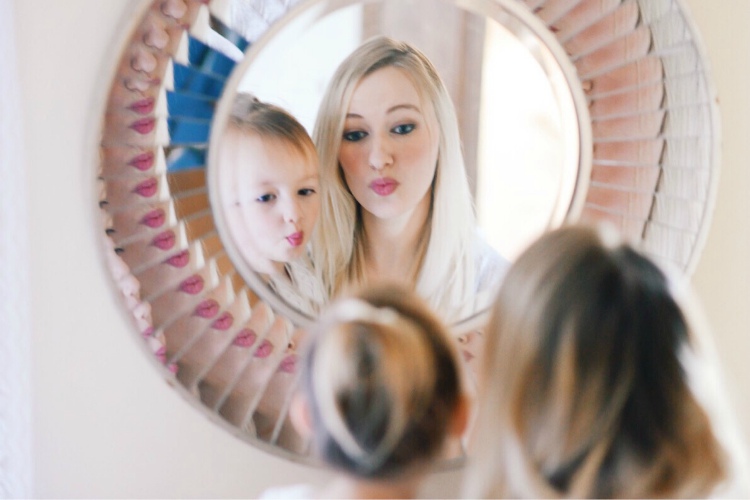
It might seem almost too rudimentary, but a person’s facial expression will factor into your decision of whether or not that person is trustworthy! For example, if someone is telling you a story, but their eyes keep darting around, especially to the corners of their eyes, you’re likely to conclude they’re lying, or attempting to hide something.
The Windows to the Soul

Going beyond just the general facial expression, you can also learn a great deal from paying attention to someone’s eyes. The eyes reveal so much about what a person may be thinking or feeling. Taking note of eye movement, as mentioned in the previous example, is a normal yet significant aspect of communication.
Length of Gaze
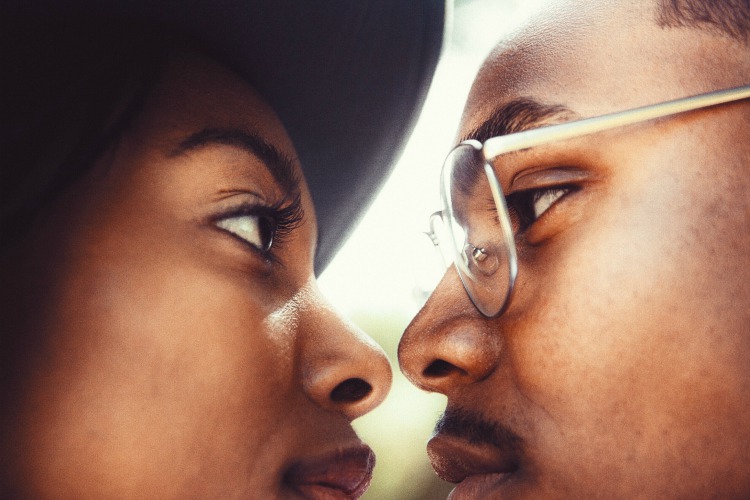
While it differs from culture to culture, making eye contact in the West is usually a positive indication. It shows that one is interested, engaged, and trustworthy. However, prolonged eye contact can also feel threatening. It’s interesting how we have a natural internal sensor for the difference between “good eye contact” and “staring.”
Direction of Gaze

Not only does the duration of your gaze have meaning, but even the direction you look before you speak often means something. For example, those who are right-handed will often look up and to the right when they are trying to recall facts before they answer a question. If you’re left-handed, you may look up to the left instead. But looking downward is often a sign of fabrication or trying to make something up.
Meaning Behind the Blink

While, of course, blinking is a natural occurrence, you can still pay attention to see whether someone is breaking their natural pattern. When someone is feeling distressed or uncomfortable, they will often blink rapidly. However, if someone is consciously trying to control their eye movements in order to obscure how they are feeling, they may blink very infrequently.
Subtleties in Pupil Size
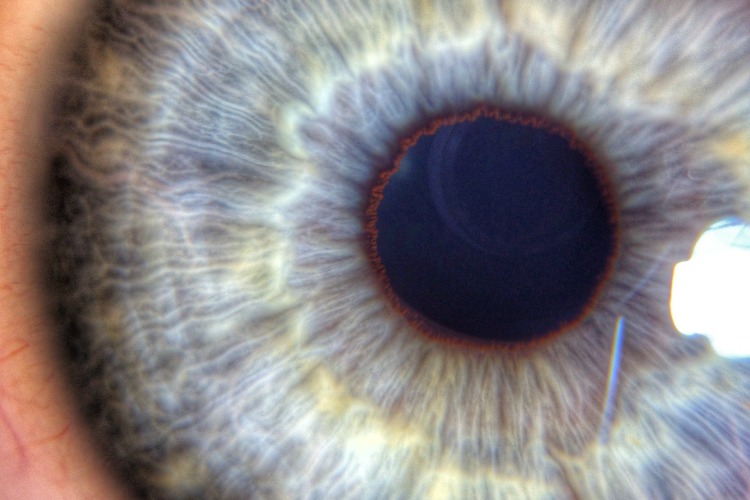
While most body language cues are easy to catch once you’re looking for them, this one can be a little trickier. The lighting in a room will affect how much a person’s eyes have dilated, since that’s how the eye regulates vision. But sometimes, you can interpret emotions based on changes in pupil size. Highly dilated eyes, for example, can sometimes indicate someone’s attraction. Restricted pupils may indicate fear.
Looking over the Glasses

We’ve all seen that movie moment when someone tells the main character something unbelievable and when they turn to look back, they push down their glasses or sunglasses to look over the frames at the speaker as if to ask, “Are you serious?” This gesture of looking over your glasses at someone is communicating scrutiny. You’re removing anything affecting your literal vision to better “see” if what they are saying is true.
Glancing at a Watch or Phone

The meaning behind this gesture should be obvious: you’re not paying attention—you’d rather be elsewhere doing something more important. While you may be waiting for a very important phone call or text update, or perhaps you’re nervous about an upcoming meeting later in the day, people notice your so-called subtle gestures and peeks. Either mention what’s up or curb the inclination out of respect for those present.
Pursed Lips

The mouth is also full of expression and can say a whole lot without forming actual words. The lips themselves can express lots of meaning. Pursed lips, or when the lips tighten together, can be an indicator of distrust, disapproval, or distaste.
Sucking in the Lips
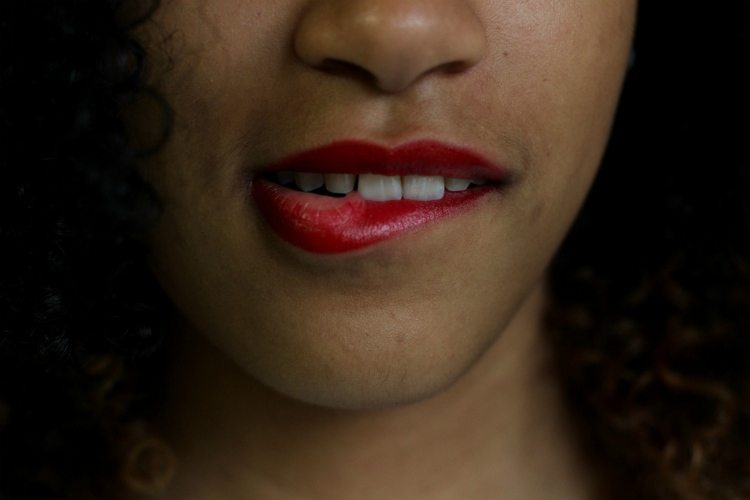
When you or someone else pulls the lips inward or makes a thin line with the lips, it may be an attempt to keep from saying something. This “I don’t want to say” expression is often paired with some sort of indication with the hands, like clasping behind the back or locked elbows with hands pushed down.
Nuance of Smiles

One of the most recognizable expressions made by the mouth is, of course, smiling. It is one of the greatest body language signals. But it can indicate far more than just happiness. Smiling can be genuine (indicating real joy or amusement), but it can also be used to express false happiness, sarcasm, or even cynicism in some cases.
Biting the Lip

Here’s another cue that can be interpreted a few different ways depending on context. If you are chewing on or “worrying” your bottom lip, it may show that you are experiencing feelings of fear or insecurity. On the other hand, a single bite to the bottom lip paired with a half-smile and highly dilated (“bedroom”) eyes could indicate desire.
Touching Your Face

Knowing how your actions can be unconsciously interpreted is just as important as being aware of what you’re unconsciously saying to others. For example, you may not mean anything by fiddling with your hair or scratching your nose when talking with or listening to someone, but they may unconsciously interpret that as a sign of insecurity, weakness, or deception.
Rubbing the Nose

When it comes to facial cues, touching the nose can be both a signifier from the listener and the speaker. When you touch your nose while speaking, it might come across that you are being dishonest, as it’s a frequent “tell” of someone who is hiding the truth. However, coming from the listener, touching the nose can signal rejection or disbelief. Either way, it shows suspicion about the truth of what is being said.
Pinching the Bridge of Your Nose
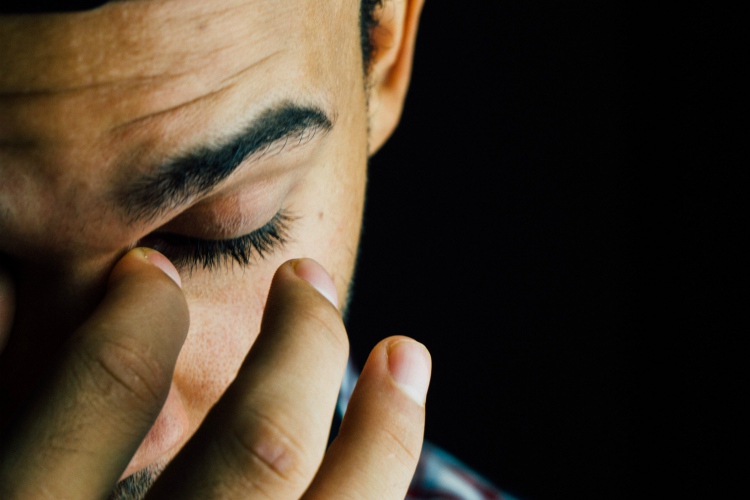
We’ve all seen it: the closed eyes and pinching of the bridge of the nose gesture, as if trying to ward off a coming headache. It very clearly communicates frustration or at least a negative evaluation of what’s happening in a conversation. Take note if you see someone making this gesture while you’re speaking. You may need to shift tactics to help them to see eye to eye with you.
Hand on the Cheek

Referring specifically to a hand placed on one’s own cheek (as opposed to one’s hand placed on someone else’s cheek), this gesture can often symbolize deep consideration or being lost in thought, even daydreaming. Often, it is paired with the facial expression of a furrowed brow, further confirming whether you’re in deep concentration.
Nodding

The simple movement of your head going up and down is an easy way to let people know that you understand or agree with what they are saying. Nodding can be an essential part of connecting with someone nonverbally while you listen. However, nodding too much can come across as actually being ingenuine or weak.
Head Tilted to One Side

It’s always adorable when a pet tilts their head to one side while listening to some question or curious sound. But rather than communicating confusion, the tilted head is signaling interest and keen listening. When you tilt your head, you’re inclining your ear and showing curiosity about what’s being said.
Head in Hands

As with many of the other gestures and cues mentioned already, the pose of your head in your hands can mean several different things depending on context. It might signify boredom, or even despair. It could be that you’re simply tired, or it might even be that you’re too ashamed to show your face.
Stroking of the Beard or Chin

Stroking the beard or the chin isn’t just something that sage monks or wise old folks do when they are contemplating mysteries and meaning. It’s a very common gesture the communicates deep thought. Most often an unconscious gesture, it is done when you are trying to make a strategic decision.
Pulling the Ear

Much to the same effect, but with a different meaning, is the pulling of the ear. When you tug on your earlobe, you are showing that you are having difficulty making a decision. You might be attempting to resolve a matter but remain undecisive. This gesture shows an inability to come to a conclusion.
Leaning Back

Want to know an easy tell for whether or not someone is interested in what you are saying? Look at their posture. If they are leaning back with their legs out straight in front of them, that’s a signal that they don’t really care for the conversation. Someone who is sitting up straight or leaning toward you is indicating interest and engagement.
Hunched Shoulders

When your got nagged about your posture, it wasn’t just about appearance. Your posture says a lot about how you are feeling and can actually affect your feelings as well. Hunched or slumped shoulders are often a sign of unhappiness. People who suffer depression slump more than others. Embracing a more positive stance can improve your confidence levels.
Steepling
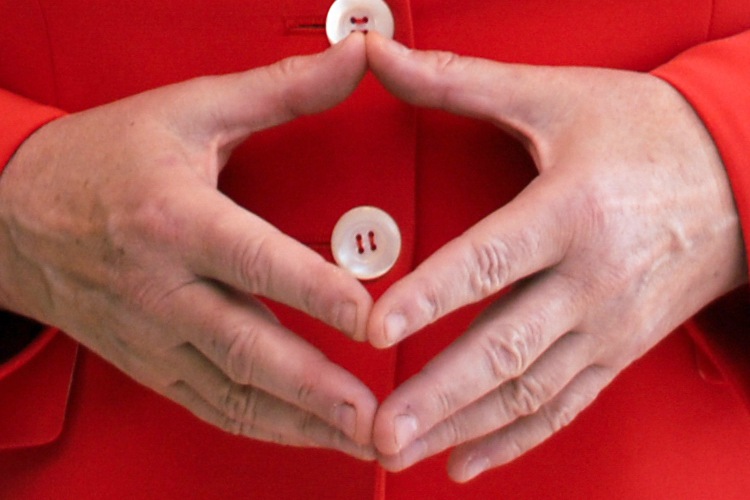
There’s a hand gesture known as “steepling.” It happens when you place the fingers tips together, facing upward, kind of like “prayer hands” but with space between the palms. This type of movement is often perceived as a demonstration of control or authority. Often times masterminds are depicted with this pose.
The Clasping of Hands

This one can take a few different permutations, but clasped hands are often something people do when they are nervous or stressed. Have you ever seen someone rubbing the outer edge of their thumb or twisting their fist into their palm? There are tons of pressure points in your hands. When you clasp or rub them, you’re often subconsciously trying to ease tension or nerves.
Hands Behind the Back (or in Pockets)
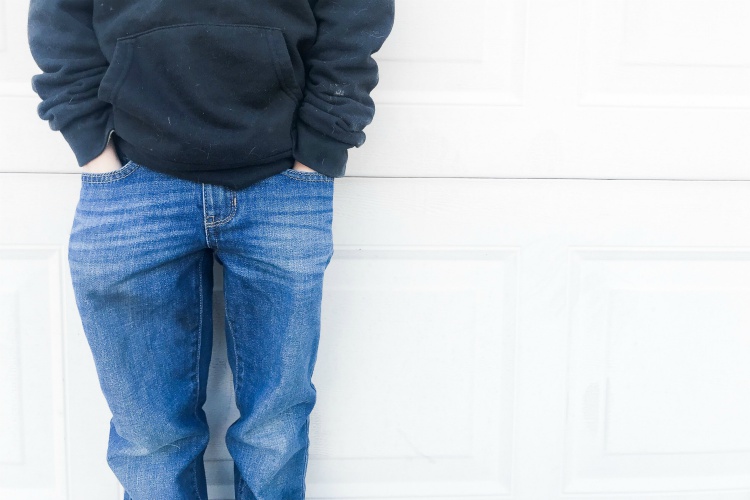
Some people say that hands behind the back, or even in the pockets, could be a suggestion that you have something to hide. It’s also possible that you could simply be feeling bored, anxious, or even angry. Are you trying to hide your boredom from a friend? Or are you masking your trembling hands during a big presentation? Once again, simply being mindful of what these gestures could indicate can often be very helpful even with your own self-analysis in a situation.
Crossed Arms or Legs

As with all physical cues, context is key. If you have your arms or legs crossed during a meeting or conversation, your body may simply be responding to the chilly temperature of the room. However, crossed arms can also be a very clear indication of disinterest, defensiveness, self-protection, or even outright opposition. Be mindful if you catch yourself in this pose.
Chopping the Air

Using sharp or hard gestures like chopping the air or making a fist can often be done when you feel strongly about something and wish to emphasize a point. But it’s important to be mindful of the difference between positive and negative body language. While your intention may be to express passion or solidarity, you may be interpreted as too aggressive by your audience, instead.
Expansive Gestures
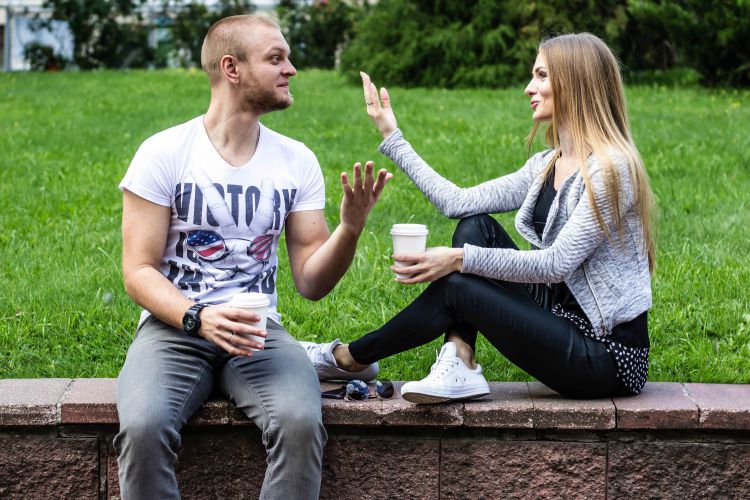
Much like the previous example, overly big gestures in a normal social context can be viewed as arrogant, although it is meant to project confidence. While it is okay to throw in an expansive gesture or two, especially in a more performative setting, be careful not to do too many or use them too frequently, as it will come across as overkill.
Shrinking

It’s been proven that bigger and more expressive gestures not only exude confidence, but also make you feel more secure in yourself at the same time. So, the opposite is true to smaller gestures or one’s where you shrink or hide yourself. The kid shyly hiding behind their mother is showing some natural nervousness or insecurity, but is, at the same time, propelling that same feeling by their very action.
Palm to the Chest
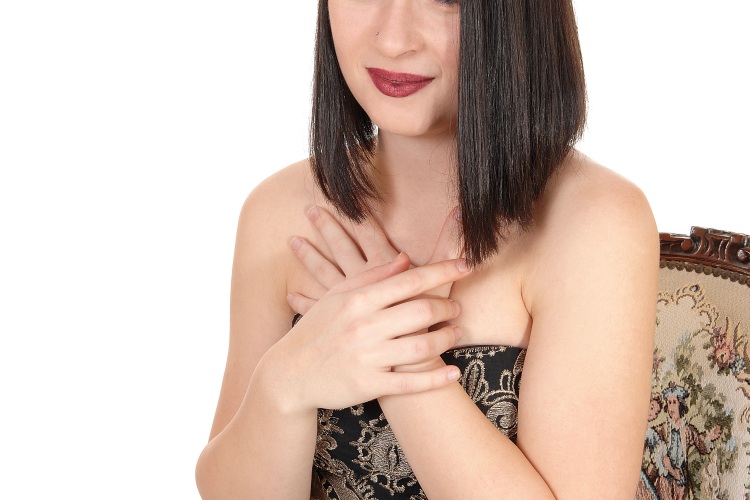
A palm placed against the chest is often a gesture of sincerity. Think: “cross my heart” kind of pose. You’re placing your hand over your heart, in tandem with your words, to communicate a kind of solemn commitment to action. However, in a different context, a palm to the chest, paired with an “O” shaped mouth, can show genuine surprise or shock.
Open Palms Facing Up

Open palms signify sincerity or honesty. It can be a show of submission and trustworthiness. Many cultures still practice an open palm greeting to show respect and deference in a nonthreatening stance, since you are showing you have nothing to hide. It can also display a willingness to communicate and share ideas.
Hands on the Hips

The classic “mom-is-not-happy-with-you” stance: hands on the hips. Making you appear larger, this posture communicates dominance and control, and can even be intimidating or aggressive. Try to be mindful if you catch yourself in the pose, especially in the workplace or around friends. It’s not that you can’t ever do it; just be aware of what you may be communicating to others.
Fidgeting
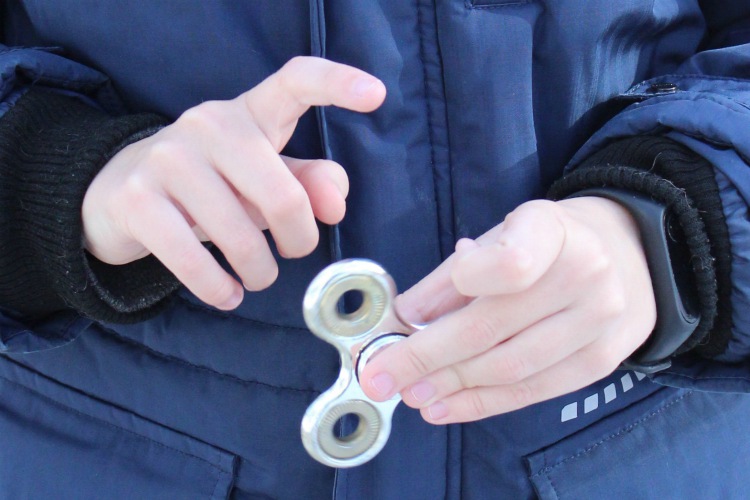
Things like bouncing your leg, playing with the hem of your clothing, or twirling a fidget spinner—anything that could be described as fidgeting—can signal that you are uncomfortable or bored. Double check yourself to make sure you’re not unconsciously pen-clicking or some other fidgety habit that communicates boredom or discomfort to those around you.
Patting Your Leg/s
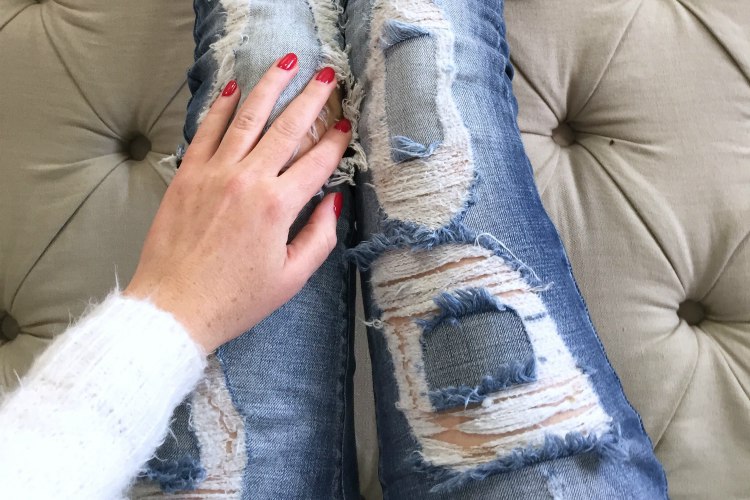
Yet another sign of discomfort, patting your leg or legs is a classic gesture of self-comfort. Want to watch a subtle example of this? Just check out Britney Spears on Dateline when she claimed that everything was fine with her marriage just a few months before her divorce. The woman couldn’t stop touching her leg.
Drumming Fingers and Tapping Feet
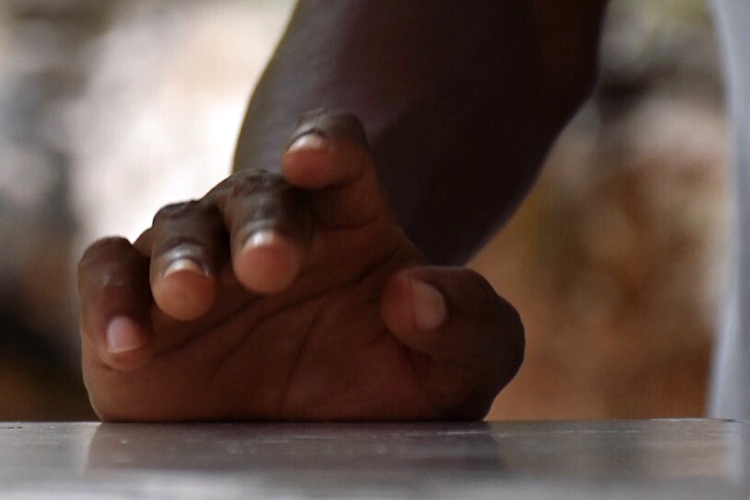
You’ve probably caught yourself doing this one while waiting in line at the grocery store or at the DMV, or even back in the day when you sat at your desk waiting for the dial-up to connect your computer to the internet. Drumming your fingers or tapping your foot is a sign of boredom and impatience.
Nail Biting

If your parents ever got on you about biting your nails, it wasn’t just because of a concern for your hygiene. Many people who bite their nails don’t realize they are doing it at all. But it is often a signal of stress, insecurity, or nervousness.
Pulling at the Tie

When you pull at your tie to loosen the knot or tug at your collar as if to let some heat escape or get more air, you’re indicating a feeling of being under pressure. Perhaps you feel a bit overwhelmed or are undergoing a stressful situation. If you notice yourself of someone else making this gesture, give a little grace and take a break.
All Wrapped Up
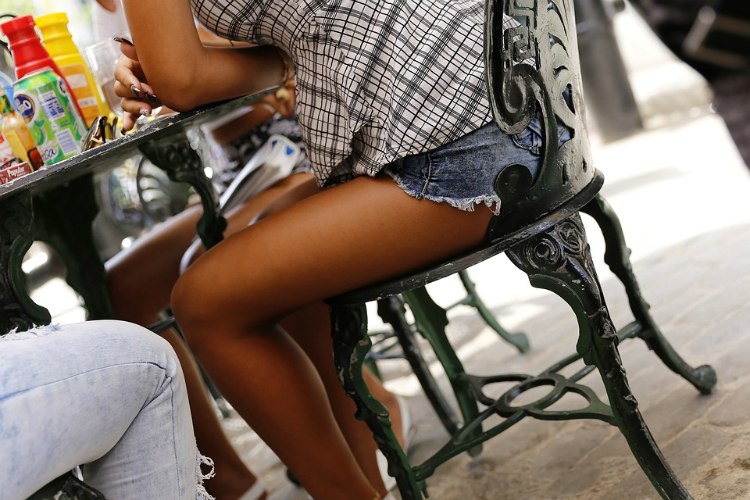
Although a slightly more uncommon gesture, the wrapping of feet or ankles around the legs of a chair or desk is a show of discomfort. In an effort to feel sturdier or more grounded, or even to keep from nervous leg bouncing, you can secure your leg around and against the legs of a chair. If you catch yourself doing this, take a deep breath and assess what it making you feel uncomfortable.
Look Where You’re Pointing

It’s pretty amazing how often our bodies are connected to our minds in ways we are distinctly unaware. Next time you find yourself speaking with someone you’d rather walk away from, check where your feet are pointing. You might be surprised to find them facing away! By the same token, your feet (or knees) will often point toward someone you are interested in or attracted to.
Mirroring

Another amazing show of unconscious body language is the phenomenon of “mirroring” or mimicking someone else’s body language when you are listening closely to what they are saying. If they are telling you a juicy secret, shoulders back, leaning forward, hand over mouth, you might find yourself straightening up too, leaning in and inclining your ear to hear better. This mirroring lets people know you really care about what they have to say.
Touching Someone with Your Fingertips

Touch communicates volumes of nonverbal meaning. This one is a subtle difference: while a light touch can great for offering comfort to someone, building a bond between you and someone else, or even expressing romantic interest, touching someone with only your fingertips can actually communicate aversion.
Pay Attention to Personal Space

We’ve all had that feeling of discomfort when someone is just a touch too close while talking to you. The concept of “proxemics” has to do with the distance between people as they interact and what it indicates. There are acceptable distances for different situations leveling from intimate distance (the closest – about 6 to 18 inches), to personal distance (1.5 to 4ft), social distance (4 to 12ft), and finally public distance (the furthest – 12 to 25ft).
Different Norms Around The Globe

Don’t forget that rules might be different in different places! In Latin America, the distance for designated personal space is often a lot less than the space needed for those from North America. Some cultures may have different unspoken “rules” about eye contact and touch, too. Make sure to do some research ahead of time, if necessary, before travel or interaction with different cultures to avoid any faux pas.
Context is Key

Always, always consider any signals within their specific context. Don’t read too much into a single gesture or cue. It’s important to look at body language in conjunction with verbal language and the particular setting or context in which everything is taking place. And trust your instincts. This is going to give you the best interpretation and will go a long way to helping you better communicate and understand others.
